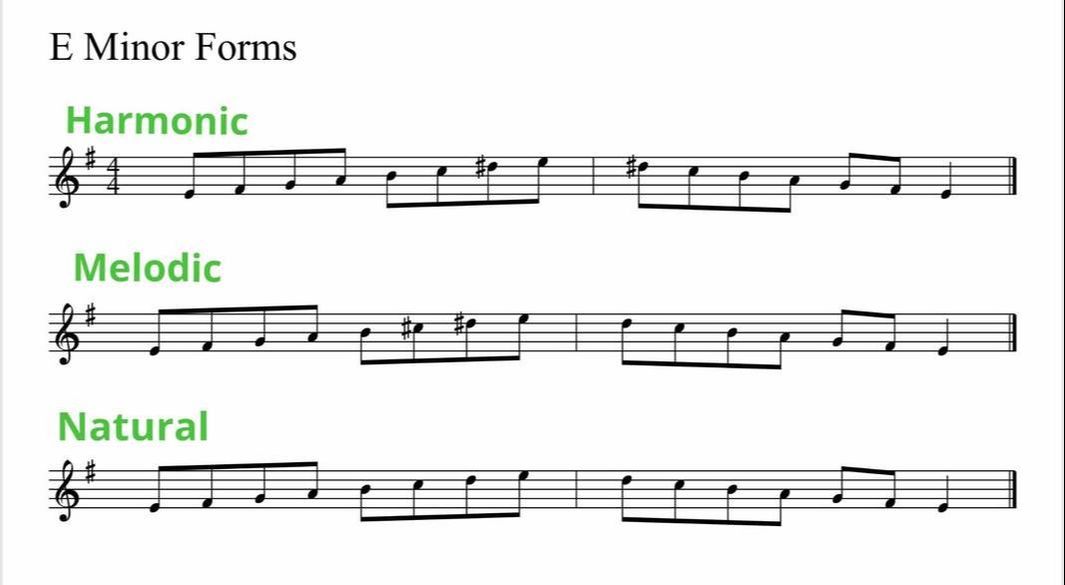

I'm not sure of any theoretical basis for this other than that it's really just progressive movement along the chromatic scale in the case of semitone movement and the diatonic scale in the case of full tone movement.įrom a compositional perspective, it's a relatively simple matter to just try a semitonal or full tone chord change within the context of the song you are writing and just "see" if it "works" in the context of whatever song you happen to be composing.

Some famous pieces in the key of F minor are Beethovens Appassionata Sonata, Haydns Symphony No. F minor is a key that people often link with passion. This happens a lot in jazz but you also see it in rock, pop and classical. Its relative major is A-flat major, and its parallel major is F major.

Its parallel minor, A-flat minor, is usually written instead as the enharmonic key of G-sharp minor, since A-flat minor, which contains seven flats, is not normally used. You also often see the inverse of this, where only the base note moves in full tone or semitone steps while the harmony sticks to the primary chords of the key with a more pedestrian chord progression (e.g., ii-V-I or vi-ii-V-I). The A-flat major scale is: Its relative minor is F minor. Often, the bass note sometimes is and sometimes is not a part of the harmonic triad. Similar terminology is used in most Germanic and Slavic languages, but not Romance languages. This is frequently employed as a major triad or one of its inversions. A complete list of relative minor/major pairs in order of the circle of fifths is: Terminology The term for 'relative key' in German is Paralleltonart, while parallel key is Varianttonart. In addition to the other answers, there is a more general concept of full tone and semitone chord movement in chord changes in general.


 0 kommentar(er)
0 kommentar(er)
